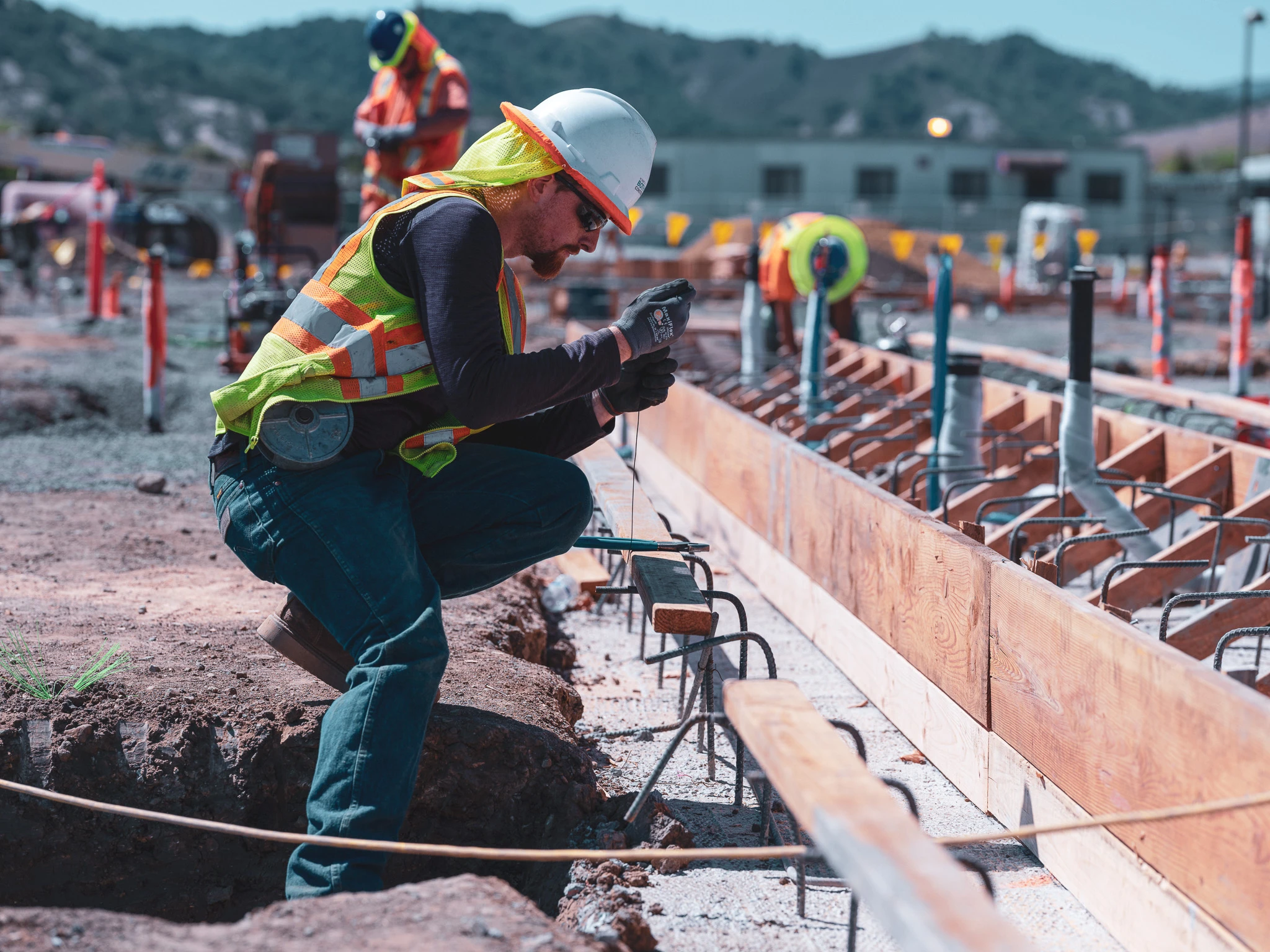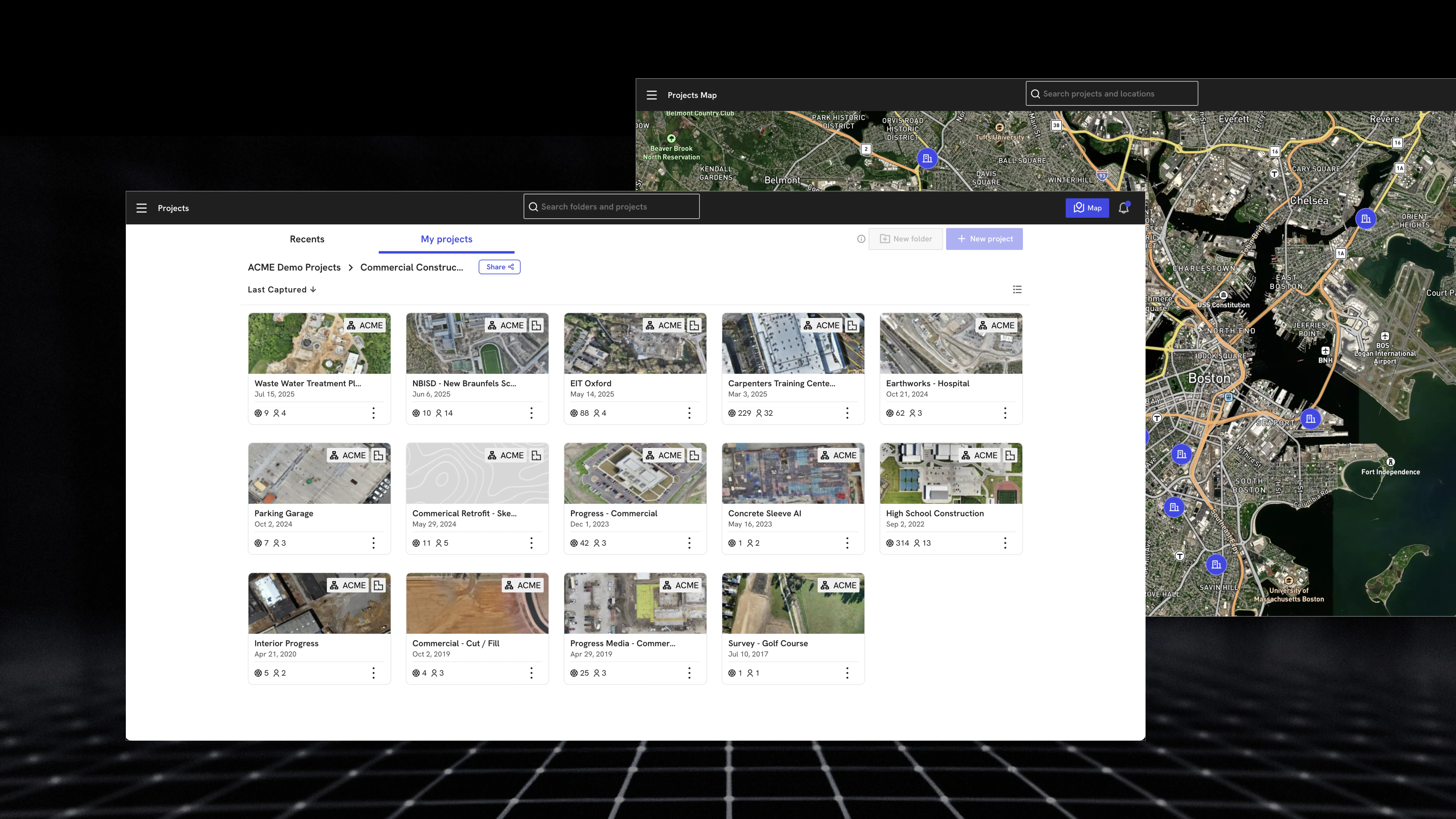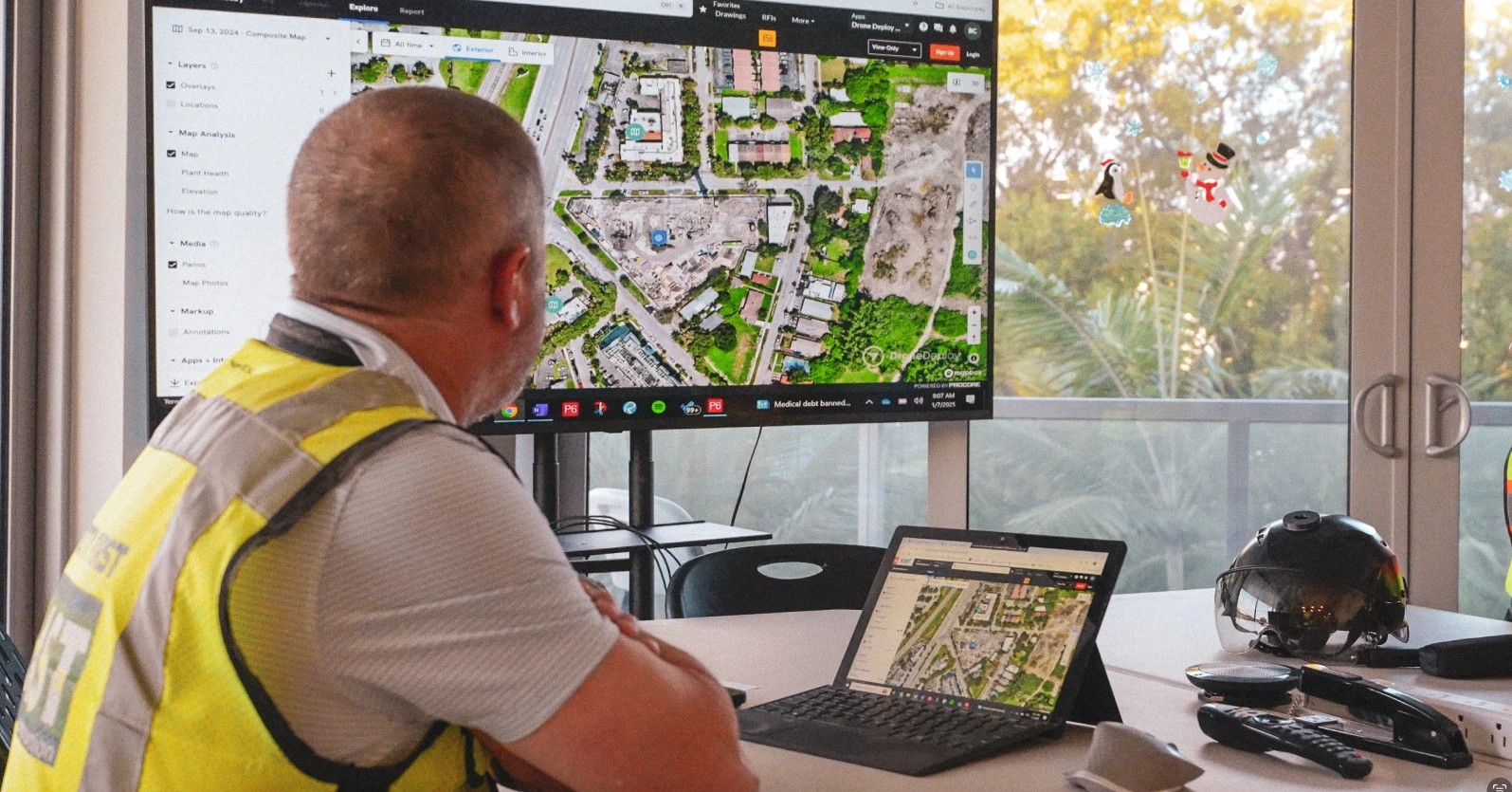Most builders agree photo documentation is essential – but how it’s done still varies wildly across teams and jobs.
Without a standard system, even the best photos are only as good as who took them – and whether anyone can find them later.
That’s why more teams, from fast-paced renos to $100M+ new builds, are rolling out company-wide standards for capture. But as this shift picks up steam, a few common misconceptions keep others stuck in old habits.
We’ve heard these objections firsthand – and the insights that follow come straight from builders who’ve seen both sides. Let’s break down the five biggest misconceptions – and what real teams have learned by moving past them.

Misconception 1: "My teams already have their own methods. Why change?"
Here's the hard truth: regional autonomy is a strength until it becomes a liability. When every team has a different process, you're not building a company portfolio – you're managing dozens of isolated data silos that can't talk to each other.
Reality check: Individual methods create company-wide blindness.
If one project team fills out daily logs meticulously and another does it sporadically, you can't compare project health company-wide. The same is true for your most critical visual data. When a dispute hits, you don't just need photos – you need findable, defensible photos.
One team spent hours hunting through multiple devices to prove toilet accessories were installed, finally finding evidence "that someone had removed them after our team had already left the site."
Standardization isn't about control – it's about converting individual project risk into company-wide protection. Every project contributes to a unified dataset you can actually use.
Misconception 2: "This is overkill for smaller projects"
This thinking is backwards. Smaller jobs don't have contingency budgets or extended schedules to absorb mistakes. Every error hits harder because there's no buffer.
Reality check: Fast projects need faster answers, not slower documentation.
The financial risk of a single missing photo is just as high on a $1M renovation as it is on a $100M project. A single dispute can erase the entire profit margin, regardless of project size.
Standardization eliminates guesswork and saves teams from wasting hours searching for photos – whether it's a fast-moving renovation or a complex multi-year build. Every project contributes to your company's collective knowledge instead of remaining an isolated data point.

Misconception 3: "We're already taking photos – why change tools?"
You're solving the wrong problem. Taking photos was never the issue – it's the nightmare that comes after.
Reality check: Unorganized photos are worse than no photos.
Here's what actually happens: a subcontractor submits their monthly pay application claiming work is 75% complete in a section. Without organized visual records, you're either taking their word for it or spending hours walking the site to verify progress.
With automatic, location-based organization, you instantly pull up that section's visual history and verify actual progress in seconds. Every photo gets mapped to floor plans automatically. No more site walks to check claims – just click and confirm.

Misconception 4: "It's impossible to manage across multiple teams"
You're thinking about this wrong. The chaos you're trying to avoid by not standardizing is exactly what you're already living with – just spread across every project.
Reality check: You're already managing the complexity – you're just doing it badly.
Picture your current reality: Project A has their drone guy doing monthly aerials saved to Dropbox. Project B uses a different vendor uploading to Google Drive. Project C has the super taking still photos on their phone. Project D hired yet another company with their own portal.
Multiply this across your portfolio and your field teams are constantly asking "where are we saving data on this one? Who do we call for reality capture services?"
At that point you’re not managing projects – you're managing dozens of incompatible data systems. Standardization doesn't create overhead; it eliminates the hidden tax you're already paying to support this mess.
Misconception 5: "The ROI doesn't justify the investment"
Let's be direct – builders don't adopt tech for innovation points. They do it to cut risk, save time and protect margin.
Reality check: The money is real and measurable.
Survey responses from active projects show teams are:
- Saving "$58K to $93K on one project" by eliminating cross-country architect travel
- Reducing rework: "About 15 hrs a month for the project team (5 people), reduced rework with history inside walls available to look back at"
- Winning disputes: When a subcontractor claimed a specific item was never installed in any bathrooms, one team's photo archive instantly proved the work was completed and someone had removed the accessories after handoff.
Bottom line: This isn't theoretical savings – it's recovered revenue and avoided costs.

Stop gambling with scattered documentation
If you're relying on random devices to protect million-dollar projects, you're gambling with margin you can't afford to lose.
Book a 30-minute demo to see how DroneDeploy makes photo documentation consistent, efficient, and enterprise-ready – so your teams can focus on building, not hunting for files.
